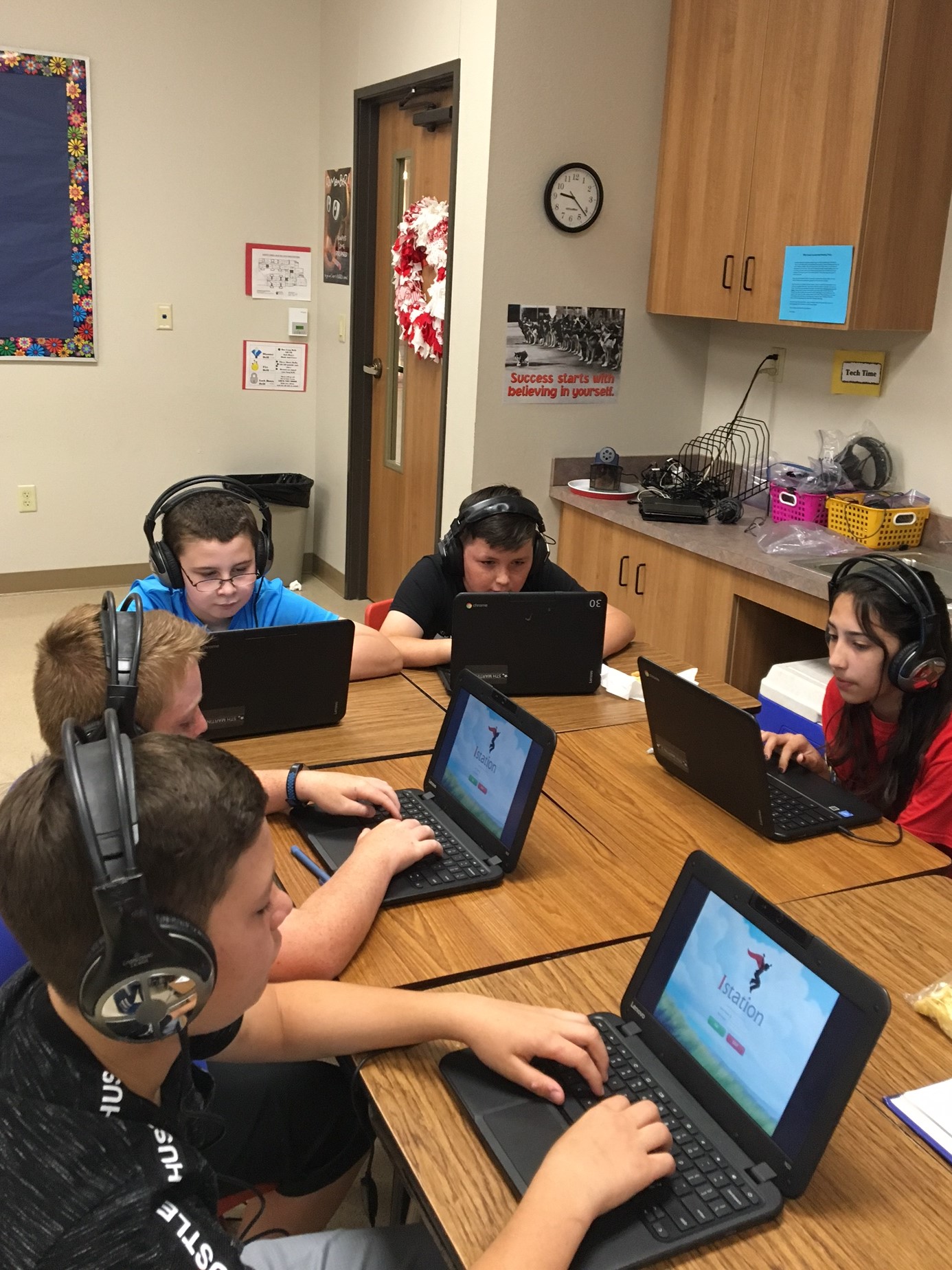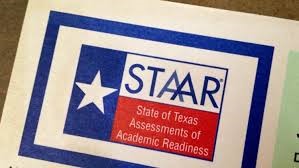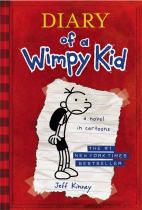BeLinda Martin, a 5th grade English Language Arts and History teacher presents CE credited EdWebinar, “Five Things to GIVE UP So Your Struggling Readers WON’T” - Wednesday, Aug. 8, 3:00 pm est. Sign up now!
 Every year, BeLinda Martin, an English Language Arts and History teacher, faces a similar challenge to many teachers across America – her students don’t like to read, and some have never passed a reading test. By the fifth grade, they come to class dreading reading. They are disheartened. They tell their teacher, “Reading is hard, I can’t do it.” Mrs. Martin says, “You haven’t taken reading with me yet.”
Every year, BeLinda Martin, an English Language Arts and History teacher, faces a similar challenge to many teachers across America – her students don’t like to read, and some have never passed a reading test. By the fifth grade, they come to class dreading reading. They are disheartened. They tell their teacher, “Reading is hard, I can’t do it.” Mrs. Martin says, “You haven’t taken reading with me yet.”
Martin’s students have short attention spans. Many are labeled as “poor readers” by teachers, parents or peers, and begin to believe it. Mrs. Martin says, “It’s difficult to get these students to open a book. They feel immediate angst. Some have mastered the art of ‘fake reading’ to hide their struggle. “They do not want to look dumb.”
For these struggling and non-readers, reading comprehension is the biggest hurdle. Mrs. Martin says, “If you cannot understand what you read, you definitely are not going feel good about yourself and learn.”
So what does this elementary teacher do to change the future for learners who dislike reading?
Giving Up Old Ways
Years ago, Mrs. Martin decided to give up five traditional ways of teaching. Giving up these beliefs, she was able to help more struggling readers let go of their own belief that they could not be good students. The five things she gave up are:
1. Thinking that direct instruction was the only way to reach and engage students.
2. Designing the environment first without taking into consideration the needs of students.
3. Believing that students remain “stuck” in lower levels of reading proficiency.
4. Teaching to the test.
5. Believing that audiobooks are cheating.
Addressing Reading Gaps for Children Who Hate to Read
To address students’ learning stigma and gaps in reading, Mrs. Martin begins every school year by talking with fourth grade teachers. She wants to learn more about her incoming students. “Kids growing up today want instant results,” she says. “They believe everything should be a quick response. They expect reading to be like this. I focus on making reading fun and getting results that can change the way they perceive themselves as learners.”
 Let the Play Begin!
Let the Play Begin!
In Mrs. Martin class, you won’t find neat rows of chairs or reading groups like Robins or Bluebirds. What you will see each day are students busily rotating through reading stations in small groups. For thirty minutes, they focus on skill building exercise to emphasize reading frequency. Mrs. Martin believes that unless children intrinsically enjoy the act of reading and get value from it (pleasure, knowledge, confidence, respect from peers,) they will not produce the desired achievement levels.
Her reading instruction revolves around education ‘game-like’ activities that fifth graders can relate to: roll the dice, theater role-play, artistic expression, and audiobooks read by human narrators. Story selections feature characters who display perseverance. She uses the Learning Ally audiobook library to find high-interest stories to pique students’ curiosity and support her efforts to raise their grade-level reading ability.
Five Reading Stations that Empower Learning
- Get Your Teach On
- Students read aloud and work on individual reading skills. Mrs. Martin gives personal attention to understand how each student feels about themselves as learners.
- Got Skills
- Students learn and review vocabulary words using artistic expressions. They carry on conversations with peers to demonstrate knowledge. This task also builds on their reading engagement, comprehension, social and communication skills.
- Listening and Learning
- Students listen to human-read audiobooks skillfully narrated to make characters and plots come to life. They follow highlighted words and use Learning Ally’s mobile app. This app has just been released with new updates, like note-taking to capture important details, vocabulary definitions, and reading the same page number as a print version – a feature teachers appreciate.
- Relax and Enjoy
- Students curl up in cozy chairs with a print or a digital book from Learning Ally and get the extra time they need to enjoy the reading experience.
- Tech-Time iStation
- Students use iStation, a blended learning program that provides growth charts to help students see and talk about their skill improvement progress.
Mrs. Martin believes audiobooks can help to remove students' reading stigma of struggling to decode words. “You watch their eyes move across the screen with more ease, and know their minds are processing information. The challenge of decoding words is not so intense so they read with more fluency and frequency.”
 Scoring High on the Texas STARR
Scoring High on the Texas STARR
Mrs. Martin’s students in Region 14 had top reading scores. They all passed to the following grade – an exceptional accomplishment. “Students were over the moon,” she said, “and so were their parents.”
 One child had a goal of reading chapter books. “I want to read by myself,” he told Mrs. Martin. He was so strong in his conviction. She set him up with an audiobook and he went on to read the entire series of “Diary of a Wimpy Kid.”
One child had a goal of reading chapter books. “I want to read by myself,” he told Mrs. Martin. He was so strong in his conviction. She set him up with an audiobook and he went on to read the entire series of “Diary of a Wimpy Kid.”
Another student who is hearing impaired didn’t want to read at all. With hearing aids and an iPhone, she began to love to listen to audiobooks. It opened a new world and today, she reads lots of books.
Defying Reading Stereotypes and Teaching Traditional Ways
Thanks to Mrs. Martin switching up the learning process to meet the needs of struggling and non-readers her students enjoy reading and defy their labels. She says, “With the right resources and creative expression, reading can be fun! Once students reach the last reading station and see progress, they think, “Hey, I can do this!” That is a magical moment. I know they can move to sixth grade with confidence.”
This year, Mrs. Martin will tap into Learning Ally to find audiobooks listed on the Texas Blue Bonnet reading list. She wants her students to learn about Texas history and has already prepared assignments. “I’m ready to get back to school and have some fun reading activities up my sleeve.”
Teachers and administrators, sign up now for this important CE credited edWebinar.
You can also Demo Learning Ally at a time convenient for you.
